
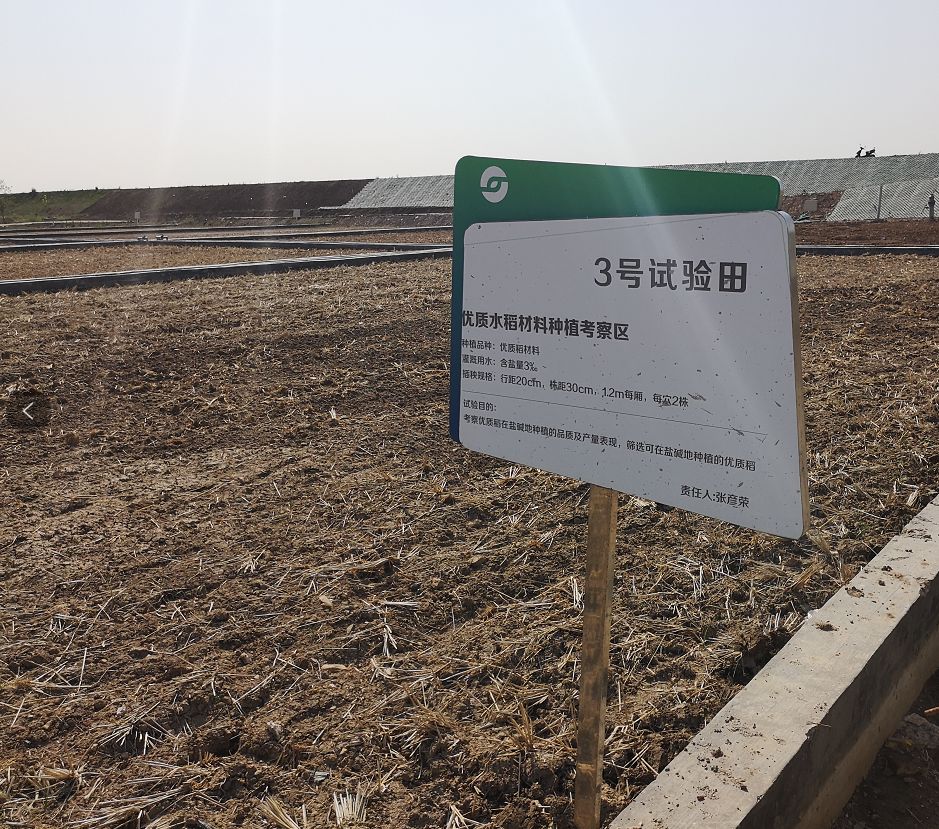
Recently, the saline-alkali resistant rice cultivated by the team of Yuan Longping, an academician of the Chinese Academy of Engineering and the “father of hybrid rice,” has begun spring sowing in various locations including Qingdao, Shandong, Daqing, Heilongjiang, Kashgar, Xinjiang, and Nanniwan, Shaanxi. At the end of 2016, the Qingdao Saline-Alkali Rice Research and Development Center was officially established, and the research team led by Yuan Longping has conducted trial planting of saline-alkali resistant rice in five major types of saline-alkali land across the country, with an expected planting scale of over 10,000 mu in six experimental bases this year. After this season’s trial planting, the team plans to apply for national variety approval for some of the experimental materials.
In September 2017, at the Qingdao Saline-Alkali Rice R&D Center, the saline-alkali resistant rice numbered YC0045 achieved a yield of 620.95 kg per mu, marking a significant breakthrough. The so-called “saline-alkali rice” is actually rice grown on saline-alkali land, which is quite challenging.
Can agricultural technology assist in the cultivation of saline-alkali resistant rice,
achieving even greater breakthroughs?
When will high yields of over 600 kg be replicated?
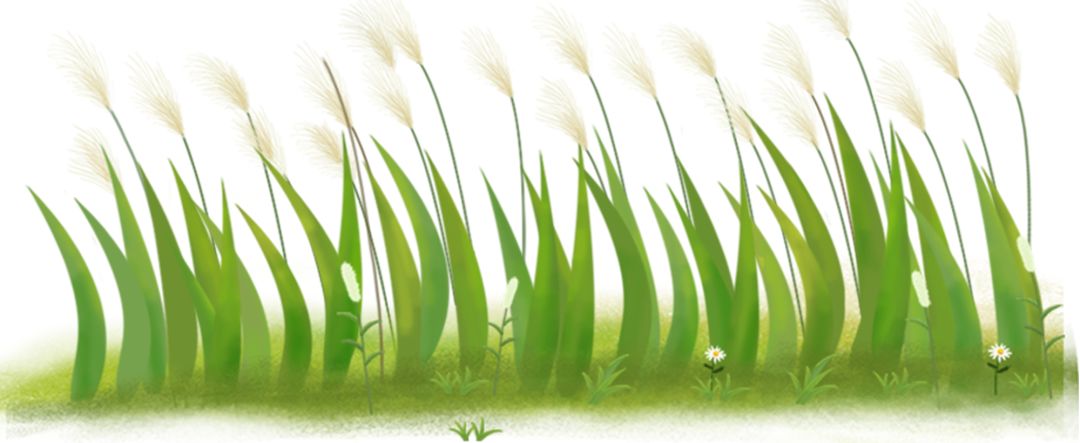


Click the audio to listen to the report↓
Drone pesticide spraying is efficient and labor-saving.
At the Qingdao Saline-Alkali Rice Research and Development Center, a drone without its shell is undergoing test flights. Staff members have defined the pesticide spraying area using four red dots on the computer.
Staff member: “These are the boundaries of the field, 1234, outline this field, and it will automatically generate the pink flight path 1234 below. The set width is 8 meters…”
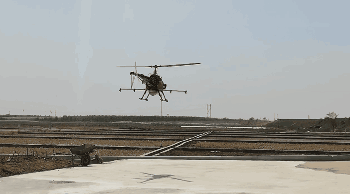
The drone carries a pesticide tank on each side, which can spray pesticides on the trial-planted saline-alkali resistant rice according to the programmed settings. This not only saves labor but also improves the atomization effect compared to manual backpack spraying, reducing pesticide usage by 30%.
Staff member: “Currently, the speed is set slow, at 4 m/s, and the distance is relatively short. Once set, it can fly without further intervention, and it will return to the takeoff point after completing the flight.”
This type of drone is set to be used in the experimental base in Xinjiang this year. Zhang Xia, the general manager of Qingdao Dongyu Saline-Alkali Rice Improvement Research Institute, has visited there and was deeply impressed by the saline-alkali land that looked like it was covered in snow.
Zhang Xia: “Xinjiang has a high evaporation rate and very little rainfall, resulting in higher salt content in the soil, while the alkalinity is somewhat lower. When we visited in summer, you could see that the saline-alkali land looked like it had a layer of snow on it, and it made a sound when stepped on. In the Northeast, the salt content in the soil is acceptable, but the pH value is very high, which may be even harder to manage.”
Sensor control and precise irrigation are crucial.
With water scarcity in Xinjiang, how can rice be cultivated? Most saline-alkali land in our country lacks freshwater resources. Is it necessary to lay extensive pipelines to achieve irrigation conditions? Zhang Guodong, deputy director of the Qingdao Saline-Alkali Rice R&D Center, explains that not all saline-alkali land is suitable for rice cultivation; one prerequisite is that “it cannot be too far from water.” Therefore, there are approximately 20 million mu of saline-alkali land in our country with agricultural potential, while other saline-alkali land does not have the conditions for improvement.
Demonstrator: “There are two types of buried pipes: one is seepage pipes, and the other is drainage pipes. The seepage pipes are mainly placed near the roots of the plants, while the drainage pipes are buried between 1.5 to 2 meters underground…”
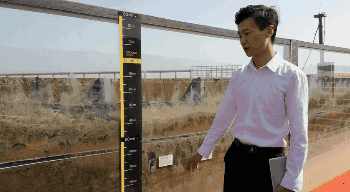
In the experimental fields of the Qingdao Saline-Alkali Rice R&D Center, there is a soil profile section separated by glass partitions. It shows the underground pipelines used for planting saline-alkali resistant rice. In simple terms, the seepage pipes equipped with sensors analyze the infiltrating water; if it meets the growth conditions for rice, it continues to seep down, while water that does not meet the requirements is collected by the seepage pipes and sent to a water and fertilizer integration machine for adjustment before being used for irrigation.
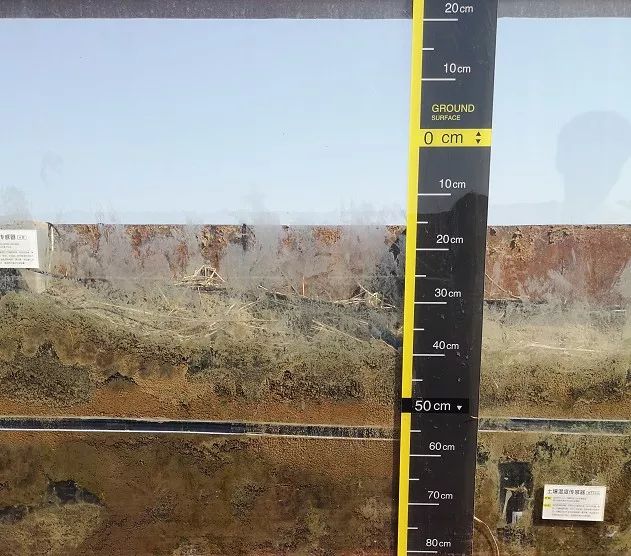
Zhang Guodong states that in the past, using high water pressure to wash away salt was also a method to reduce soil salinity, but its sustainability is weak, and transpiration can bring salts back up, causing secondary salinization of the land. Now, when planting saline-alkali resistant rice, the irrigation method is very precise.
Zhang Guodong: “There are drip irrigation, seepage irrigation, and a small amount of surface flooding. Secondly, a lot of water resources, after surface runoff, seep into saline-alkali land. Ordinary agricultural saline-alkali land has salinity exceeding 1‰, and this water is unusable, known as marginal water. We can utilize marginal water with salinity between 1‰ and 6‰ for cultivation, and we also use some wastewater, while using freshwater will also save a lot of water.”
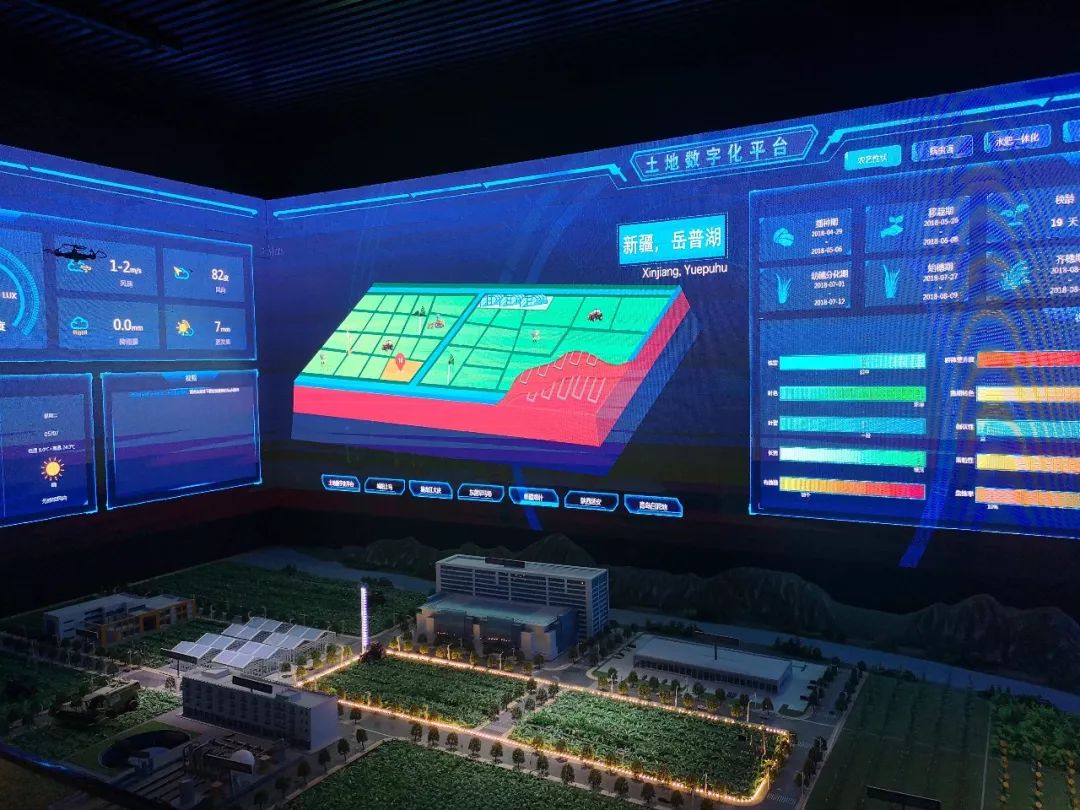
Yuan Longping: To achieve high yields, the “Four Good” must be matched
In 2017, at the Bai Ni Di experimental base of the Qingdao Saline-Alkali Rice Research and Development Center, the first batch of harvested saline-alkali resistant rice materials had a maximum yield of 620.95 kg per mu. In fact, based on the trial planting evaluation results from the Qingdao Saline-Alkali Rice R&D Center in Shaanxi, Xinjiang, Heilongjiang, and other six bases, the lowest yield was less than 300 kg per mu, while some high-yield varieties even exceeded 660 kg per mu. Is there a possibility of replicating yields over 600 kg across various types of saline-alkali land?
Academician Yuan Longping of the Chinese Academy of Engineering once set a record of over 1,000 kg per mu for rice yield, and he is likely one of the best at maximizing yields from the land.
Yuan Longping: “To achieve high yields, we need to match the Four Goods: good varieties, good methods, good fields, and good conditions. Good varieties are the core, good methods are the means, good fields are the foundation, and the fields must be good. None can be missing.”
Click the video to see Yuan Longping explain the “Four Goods” for increasing rice yield↓
Saline-alkali land lacks the foundation of “good fields” from the start. Researchers are focusing on the core—good varieties.
At the sea rice planting base in Hutoupo, Suixi County, Zhanjiang City, Guangdong Province, 133 varieties that have been hybridized with “Sea Rice 86” from across the country and even the world are growing here. In 1986, Chen Risheng discovered the wild saline-alkali resistant rice “Sea Rice 86” and has insisted on natural breeding around the area where “Sea Rice 86” was discovered.
During high tide, seawater can backflow into the fields, even submerging entire farmlands. When the tide recedes, the non-saline-alkali resistant experimental varieties collapse and wither. This area is undergoing a harsh survival of the fittest, and Chen Risheng is the strictest “judge.” He must select the best from the surviving hybrid varieties until he finds excellent varieties that adapt to different natural conditions.
Chen Risheng: “Each region must conduct regional trials and approve a variety. To do this, each region must develop a 200 mu regional trial base, which is why we are laying out so many points. If you don’t conduct regional trials, you can’t hand it over to the public, nor can you achieve variety approval.”
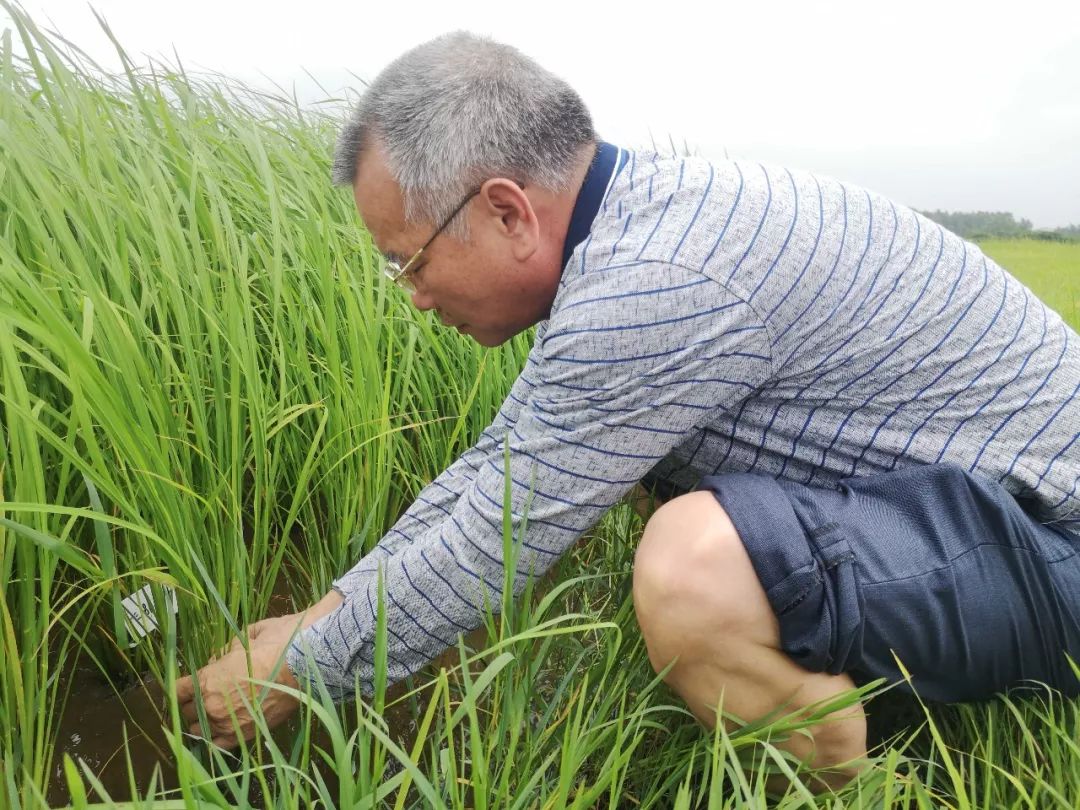
This year, the Qingdao Saline-Alkali Rice R&D Center will continue testing over 400 small varieties and more than 40 main varieties. Zhang Guodong, the deputy director of the center, explains that they are attempting breeding in both yield and taste directions.
Zhang Guodong: “We have discovered dwarf varieties in Hainan and tall varieties in Guangdong. The International Rice Research Institute has preserved over 100 wild rice resources collected from around the world, which have very low yields. We must use modern breeding methods to cultivate them into rice with certain resistance and yield that can be approved by the state. We will cultivate and domesticate these special germplasm resources to adapt them to different climate zones and tastes across the country.”
In addition to focusing on varieties, the cultivation methods must also be clever and detailed. By collecting data through sensors and drone imaging, researchers can monitor and grasp parameters such as weather, soil, irrigation, and water sources in different regional bases to understand and manage crop growth trends.
Zhang Zhiyong is engaged in the development of smart agriculture big data information systems: “It is the relationship between the growth trends of the crops themselves and the environment, serving as support for the agricultural cultivation system. Additionally, it involves research on pests and diseases, which are related to various factors in the growth environment, such as weather and soil. We will analyze the data to find correlations and reduce the probability of pest and disease outbreaks.”
Video source: Qingdao Saline-Alkali Rice R&D Center
Saline-alkali rice is expanding to more countries.
In addition to various planting trials of saline-alkali resistant rice in our country, Yuan Longping has introduced saline-alkali hybrid rice to Vietnam.
Yuan Longping: “We have a saline-resistant hybrid rice in Vietnam, where conventional varieties do not yield well due to seawater backflow. When our saline-alkali hybrid rice was introduced, the yield increased significantly. They are very happy. Their Prime Minister has invited me to Vietnam three times, but I am currently unwell and find it difficult to go.”
After the successful yield measurement of 620.95 kg per mu of saline-alkali rice at the Qingdao Saline-Alkali Rice R&D Center, the Dubai Embassy in China proactively reached out, inviting them to grow rice in the desert. On May 26, 2018, the yield measurement results from the Dubai demonstration base were 520 kg per mu.
Chen Fuyu, the overseas project leader of the center: “The success rate is very high; our final yield measurement showed that all five materials exceeded the international average yield per mu, surpassing many others.”
Currently, saline-alkali resistant rice in our country is still in the trial planting stage. In the future, Zhang Guodong, deputy director of the Qingdao Saline-Alkali Rice R&D Center, hopes to expand to more countries.
Zhang Guodong: “The Middle East and Africa are our focus, and they are contacting us to promote the planting of saline-alkali rice. It is not just about using our rice varieties; it requires constructing a complete agricultural technology system to turn this project into an industrial chain and promote it along the ‘Belt and Road.'”



Creative Team
Chief Director: Cai Xiaolin
Chief Planner: Gao Yan
Production Team: Wang Maosheng, Liu Li, Liu Fei, Wang Zhaopeng, Guo Xiangyu
New Media: Ma Wenjia, Lei Jia (Intern)
